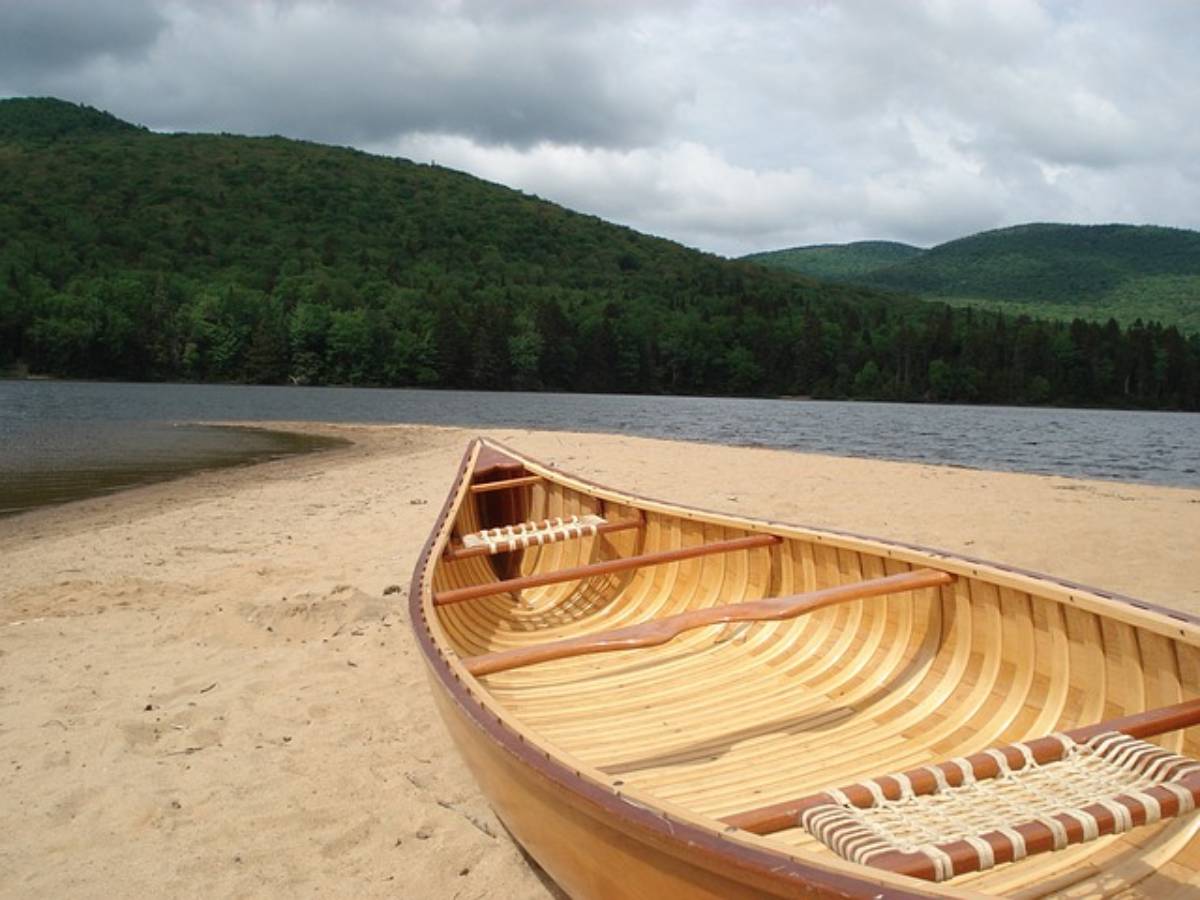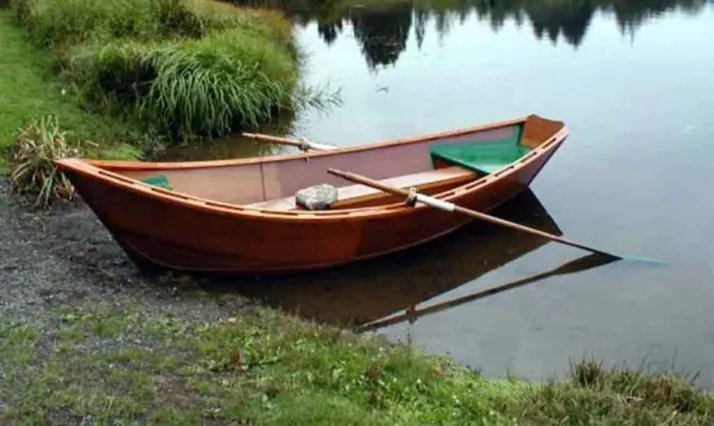 Tying your own fishing flies is an art that can be mastered with practice.
Tying your own fishing flies is an art that can be mastered with practice.
When you tie your own flies, it makes fly fishing more interesting. And when you learn to tie flies that lure fish to your line, you have a great feeling of accomplishment.
Before you begin tying flies, these are the most important tools you will need:
#1 – Vise
You will need a good fly fishing vise that will hold the hook firmly in place while you tie it with beads, feathers and yarn. The vise should adjust with ease for hooks of different sizes. Be certain the vise you purchase has either a pedestal base or a clamp to hold it firmly in place while you’re working.
#2 – Tweezers
Tweezers come in handy when handling fine thread, beads, and other materials when you’re tying flies. They are usually available in straight or curved, whichever you prefer. Tweezers are also helpful for lifting a single fly out of your fly box while you’re fishing.
#3 – Hooks
One of the most important aspects of fly tying is the hook. Hook size is determined by the shape and size of the space between the point and the shank. The hook’s bend goes in a half-circle from the point to the shank. It ends at the eye, where the fishing line is attached. Wet and dry fly hooks are very similar, but take note that wet fly fishing hooks are heavier.
#4 – Thread
There are many different types of thread that can be used in fly tying. Nylon and polyester threads are best, but you can use anything from silk to Kevlar and gel spun polyethylene. Thread color choice is a personal preference, but nylon threads generally have brighter, more vibrant (fluorescent ) colors than polyester threads do.
#5 – Scissors
In order to be successful at fly tying, you will need a small set of fine scissors. The points have to be very thin in order to cut fine material and thread. Also, an old pair of scissors or wire cutters will be needed for cutting wire.
#6 – Bobbins
You will need a bobbin for every fly that you tie. Be sure to purchase a good bobbin that won’t cut the thread. Cheap bobbins are notorious for this. Your bobbin should have a small tube that will guide the thread onto the hook. The best type of bobbin is made of ceramic. It’s best to have several threaded bobbins on hand when tying flies.
#7 – Bodkin
A bodkin is a needle on a handle that is used for drawing thread through a loop. A bodkin will keep the fly looking neat. It can also be used for removing glue from the eye of a hook, applying glue, folding artificial nymph wings, and holding fuzzy flies.
 #8 – Feathers
#8 – Feathers
In addition to beads and other materials, feathers (also necks and saddle hackles) are used to lure fish by imitating the colorful wings of small feathered creatures. When fly tying, feathers and necks used to create most types of flies. Feathers can also be purchased at craft stores (or consider buying a feather duster at the dollar store!). If available, pheasant and peacock feathers work great in fly fishing.
#9 – Hackle Pliers
You will need a small pair of hackle pliers to assist in wrapping the feathers around the hook. Beginner fly tiers should use medium sized hackle pliers, which allows more flexibility.
#10 – Hackle Guards
A hackle guard is a tool that holds the hackle away from the hook’s eye when you whip the head of a fly and also while you tie the finishing knot. Some fly anglers use hackle guards and some do not.
#11 – Bullet Head Tool
The tool known as the bullet head looks very similar to thick buttons that have a hole through them. A bullet head tool is not necessary for fly tying but does make the job easier. I recommend a bullet head tool for all fly tying beginners, though some advanced fly fishermen prefer not to use the bullet head tool.
#12 – Hair Stackers
Hair stackers allow you to align tips of hair used for heads, tails and wings. Have hair stackers of different sizes on hand to meet your needs. If you only purchase one hair stacker, it should be medium-sized.
#13 – Whip Finishers
The finishing tie of a fly can be done with your fingers if they are very flexible and agile. However, the job is much easier if you use one of the two types of whip finishers:
- Beginners should use a Matarelli whip finisher. (Here’s how to use a Matarelli whip finisher.)
- Those who are more experienced may prefer a Thompson whip finisher. (Here’s how to use a Thompson whip finisher.)




